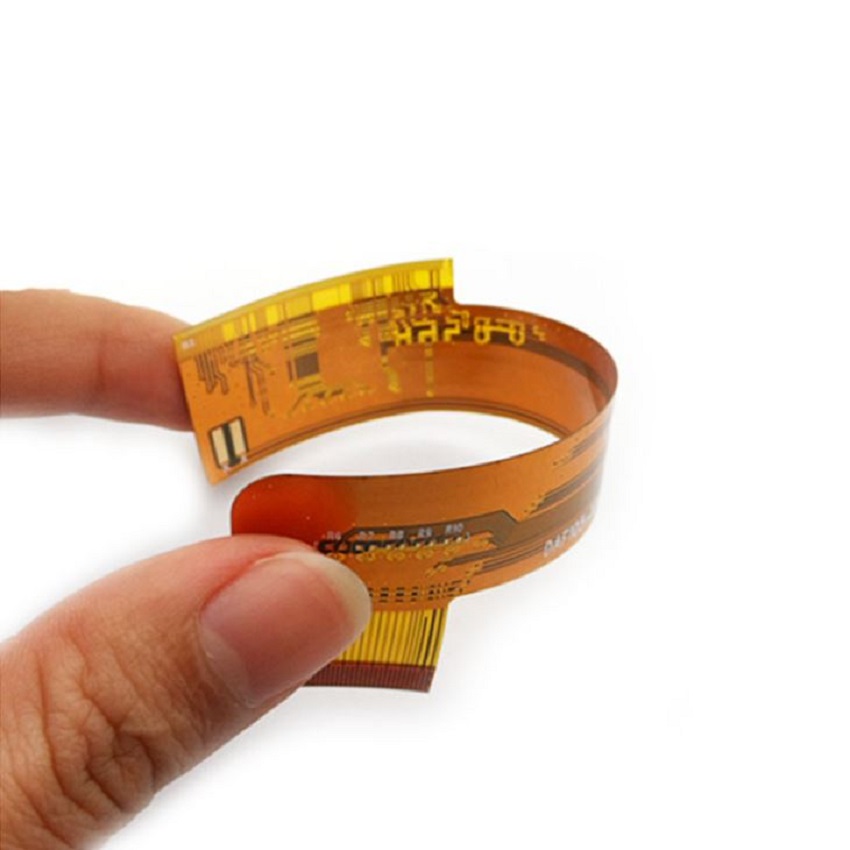Time:2023-06-16Views:
(1) Heat the waste liquid containing gold to 80-90 ℃, slowly add Iron(II) chloride solution under constant stirring, and the reaction is as follows:;
Au3++3Fe2+=3Fe3++Au ↓
As the gold ions are continuously reduced, the color of the solution gradually changes from yellow to crimson, and the gold powder settles at the bottom. Continue to add excess Iron(II) oxide solution and let stand for several hours. Take two drops of static stratification solution and add two drops of 1% red blood salt. The color turns blue, indicating that the gold has been completely reduced. Pour out the upper clear liquid and filter it by vacuum method, while the lower part is precipitated with yellow gold powder.

(2) Acid washing and water washing: Add a 1:2.5 hydrochloric acid solution to the gold powder and boil it, stir for 5 minutes, pour out the upper solution, and repeat this process 3-5 times until no yellow color appears. Rinse the gold powder multiple times with distilled water until the pH value of the washed water is approximately 7
(3) Drying: Place the washed gold powder in a drying oven to obtain orange sponge like gold slag.
(4) Solution casting: put the gold powder in a quartz crucible, heat it to about 1200 ℃ in a high temperature tubular electric furnace, and inject it into a graphite mold after melting to cast gold ingots. If the gold powder is not dull, borax can be added during melting, but it is not suitable to use a quartz crucible. The gold powder can be melted and cast in a graphite crucible.
(2) Under good ventilation, inject the waste gold plating solution into the porcelain dish, heat and evaporate it to a viscous state, dilute it with five times of distilled water, and add Iron(II) sulfate acidified with hydrochloric acid under constant stirring until no precipitation occurs. Gold appears as a black powder precipitate at the bottom of the porcelain dish. First use hydrochloric acid to boil the sediment, then use nitric acid to clean and dry it. It would be better if it could be roasted at 700-800 ℃ for 30 minutes.
(3) Under good ventilation conditions, adjust with hydrochloric acid

